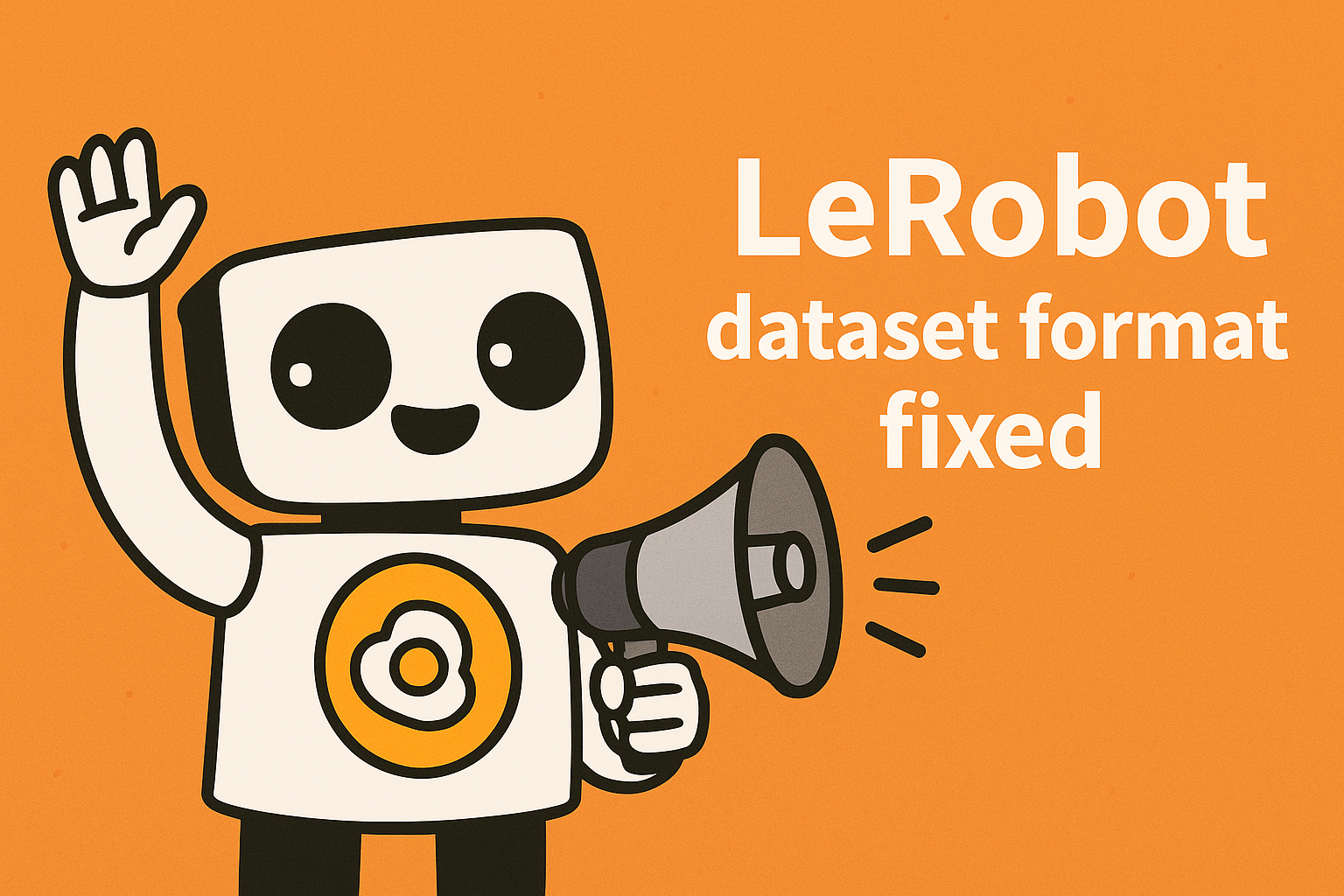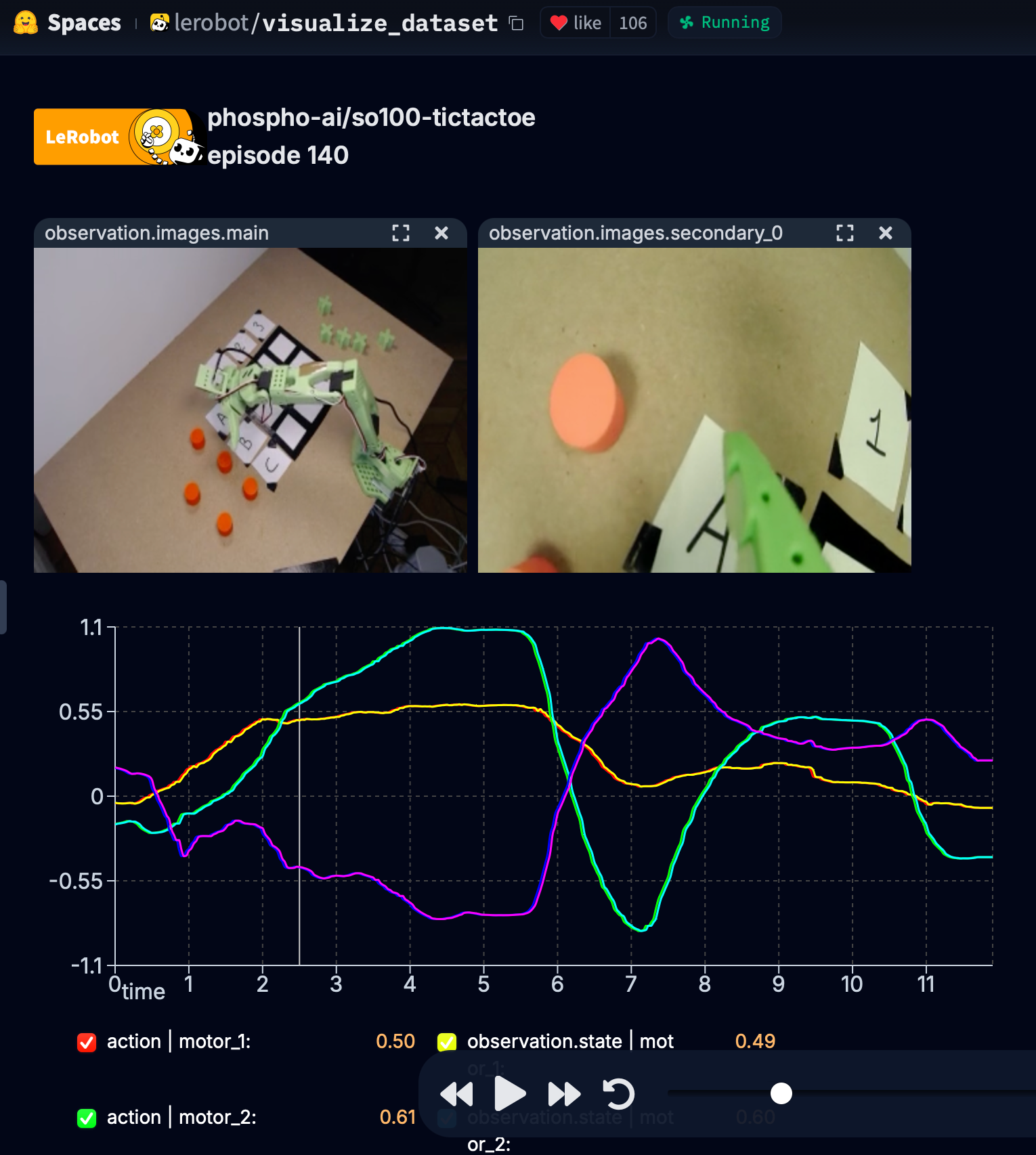Repair, merge and split LeRobot datasets

TL;DR: You can now repair, merge and split LeRobot datasets with phospho. Works in the dashboard or in Python.
The Challenges of LeRobot Datasets

While LeRobot simplifies dataset creation, it has some notable limitations:
- No way to delete faulty episodes: If a demonstration or experiment fails, you’re stuck with the bad data. There’s no built-in mechanism to remove it, which can degrade the quality of your dataset.
- No merging or splitting: Combining multiple datasets or breaking a large dataset into smaller subsets isn’t supported, making it hard to scale or experiment efficiently.
- Corrupted datasets: Issues like camera disconnection can leave datasets unusable, with no easy fix.
These pain points can turn dataset management into a nightmare, leaving users with no choice but to record a new dataset from scratch.
Phospho v0.3: Fixing the LeRobot dataset
Enter Phospho, the open-source platform finally fixing this issue. Phospho extends the LeRobot format with powerful tools to streamline dataset management, all while staying 100% compatible with LeRobot. With Phospho, you can:
- Repair corrupted datasets
- Delete unwanted episodes
- Merge multiple datasets
- Split datasets, for instance to do a train/test split
Available today in its open-source version, Phospho empowers you to take control of your robotics data—whether through a Python interface or a user-friendly dashboard.
Try it today
Download phospho and try to repair, merge or split your first LeRobot dataset today. Learn more in the docs or the open-source repo.
Don't have a dataset? Just grab one of ours to test the pipeline here.
